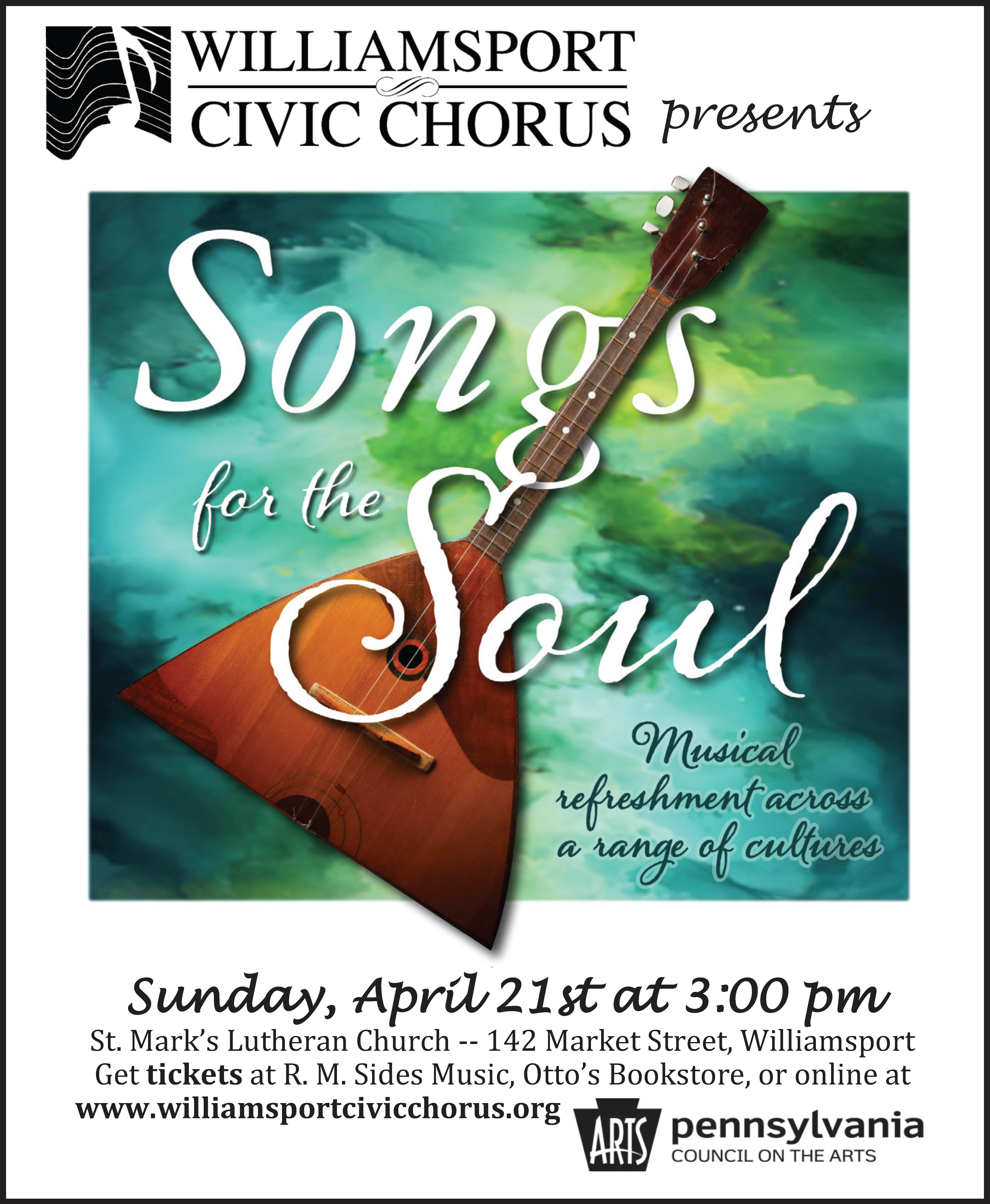In July of 2016 I wrote the following:
“Let’s make this perfectly clear. Crystal clear. Just-Windexed-sun-streaming-in-clear.
There is never, and I mean never, a justification for rape or sexual assault.
I don’t care if you bought her a drink.
I don’t care if you bought her dinner.
I don’t care if she flirted with you.
I don’t care if she was dressed provocatively.
I don’t care if she was dancing sexily.
I don’t care if she was OK with being touched 5 minutes ago but isn’t now.
I don’t care if she had sex with you yesterday but isn’t interested today.
I don’t care if she is your significant other/spouse.
I don’t care if she has had sex with 100 people before you.
I don’t care if she is walking down an alley, alone, in the middle of the night, drunk and buck-naked.
There is never a provocation for taking something from someone that isn’t being offered freely.
We live in a world where the sense of entitlement is out of control; however, I will never understand where people got the idea that they are somehow entitled to have sex with someone because they dress or act a certain way.
You are never owed sex.
Unless you are given a blatant invitation for sex, don’t have it! Consent is a yes, not an absence of no.”
Let me say it again for the people in the back. Consent is a yes, not an absence of a no.
April is Sexual Assault Awareness Month (SAAM), and since people can’t seem to stop sexually assaulting people, let’s discuss.
According to the Rape, Abuse, & Incest National Network (RAINN):
– Every 68 seconds another American is sexually assaulted.
–1 out of every 6 American women has been the victim of an attempted or completed rape in her lifetime.
–About 3% of American men — or 1 in 33 — have experienced an attempted or completed rape in their lifetime.
–From 2009-2013, Child Protective Services agencies substantiated, or found strong evidence to indicate that, 63,000 children a year were victims of sexual abuse.
–A majority of child victims are 12-17. Of victims under the age of 18: 34% of victims of sexual assault and rape are under age 12, and 66% of victims of sexual assault and rape are age 12-17.
If you are still somehow not convinced that sexual assault isn’t a problem, allow me to continue.
One in Two. That’s the number of women who have experienced sexual violence other than rape in their lifetime. That’s 50 percent of women if the math is difficult. The number is one in five for men.
Keep in mind with these numbers that almost 67% of rapes are estimated to go unreported, according to the US Department of Justice, Bureau of Justice Statistics.
One in Three. That’s the number of women who have experienced physical or sexual violence by an intimate partner.
Now, I want you to think about the number of women that you have in your life, then take another look at these numbers. What do you think the chances are that at least one of them hasn’t experienced some sort of sexual violence at some point in their life?
Add this to one in six boys being sexually abused before the age of 16. Add that to 41 percent of women reporting physically aggressive street harassment. Again, I ask, what do you think the chances are that someone you know or love hasn’t been a victim of some type of sexual violence?
So, what do we do? The National Sexual Violence Resource Center (NSVRC) offers this, “Sexual violence can be prevented. Many people are working to erase the silence and shame that keep sexual violence hidden and are working in their communities to create positive social norms and policies that promote equity and safety. You don’t have to work in the field of sexual assault prevention to make a difference. We can all help prevent sexual violence by modeling and promoting healthy and positive relationships that are based on respect, safety, and equality.
“We all have the ability to positively influence others. You can help the people you care about question their harmful beliefs by speaking up if a friend makes jokes or comments about sexual assault or modeling consent with friends and family. Taking action in some way, shape, or form helps to change the thoughts and behaviors of a community.”
We also need to have a very clear and firm understanding of what consent is and what it looks like. RAINN offers this information regarding consent.
Consent is an agreement between participants to engage in sexual activity. Consent should be clearly and freely communicated. A verbal and affirmative expression of consent can help both you and your partner to understand and respect each other’s boundaries.
Consent cannot be given by individuals who are underage, intoxicated or incapacitated by drugs or alcohol, or asleep or unconscious. If someone agrees to an activity under pressure of intimidation or threat, that isn’t considered consent because it was not given freely. Unequal power dynamics, such as engaging in sexual activity with an employee or student, also mean that consent cannot be freely given.
How does consent work?
When you’re engaging in sexual activity, consent is about communication. And it should happen every time for every type of activity. Consenting to one activity, one time, does not mean someone gives consent for other activities or for the same activity on other occasions. For example, agreeing to kiss someone doesn’t give that person permission to remove your clothes. Having sex with someone in the past doesn’t give that person permission to have sex with you again in the future. It’s important to discuss boundaries and expectations with your partner prior to engaging in any sexual behavior.
You can change your mind at any time.
You can withdraw consent at any point if you feel uncomfortable. One way to do this is to clearly communicate to your partner that you are no longer comfortable with this activity and wish to stop. Withdrawing consent can sometimes be challenging or difficult to do verbally, so non-verbal cues can also be used to convey this. The best way to ensure that all parties are comfortable with any sexual activity is to talk about it, check in periodically, and make sure everyone involved consents before escalating or changing activities.
What is enthusiastic consent?
Enthusiastic consent is a newer model for understanding consent that focuses on a positive expression of consent. Simply put, enthusiastic consent means looking for the presence of a “yes” rather than the absence of a “no.” Enthusiastic consent can be expressed verbally or through nonverbal cues, such as positive body language like smiling, maintaining eye contact, and nodding. These cues alone do not necessarily represent consent, but they are additional details that may reflect consent. It is necessary, however, to still seek verbal confirmation. The important part of consent, enthusiastic or otherwise, is checking in with your partner regularly to make sure that they are still on the same page.
Enthusiastic consent can look like this:
– Asking permission before you change the type or degree of sexual activity with phrases like “Is this OK?”
– Confirming that there is reciprocal interest before initiating any physical touch.
– Letting your partner know that you can stop at any time.
– Periodically checking in with your partner, such as asking “Is this still okay?”
– Providing positive feedback when you’re comfortable with an activity.
– Explicitly agreeing to certain activities, either by saying “yes” or another affirmative statement, like “I’m open to trying.”
– Using physical cues to let the other person know you’re comfortable taking things to the next level (see note below).
Note: Physiological responses like an erection, lubrication, arousal, or orgasm are involuntary, meaning your body might react one way even when you are not consenting to the activity. Sometimes perpetrators will use the fact that these physiological responses occur to maintain secrecy or minimize a survivor’s experience by using phrases such as, “You know you liked it.” In no way does a physiological response mean that you consented to what happened. If you have been sexually abused or assaulted, it is not your fault.
Consent does NOT look like this:
– Refusing to acknowledge “no.”
– A partner who is disengaged, nonresponsive, or visibly upset.
– Assuming that wearing certain clothes, flirting, or kissing is an invitation for anything more.
– Someone being under the legal age of consent, as defined by the state.
– Someone being incapacitated because of drugs or alcohol pressuring someone into sexual activity by using fear or intimidation.
– Assuming you have permission to engage in a sexual act because you’ve done it in the past.
If you or someone you know has been the victim of sexual assault, I encourage you to get help. In the immediate sense, contact law enforcement or ask to be seen by a member of the Sexual Assault Forensic Nurse Examiners Team (SAFNET) at any of the UPMC emergency rooms. A member is always on call to help. You can also contact the National Sexual Assault Hotline at 800-656-HOPE (4673) or chat online at online.rainn.org.
In the broader sense, if you or someone you know needs help or counseling, or you want to do more to prevent sexual violence, I encourage you to contact the YWCA at 570-322-4637 or ywcawilliamsport.org. They can point you in the right direction.



